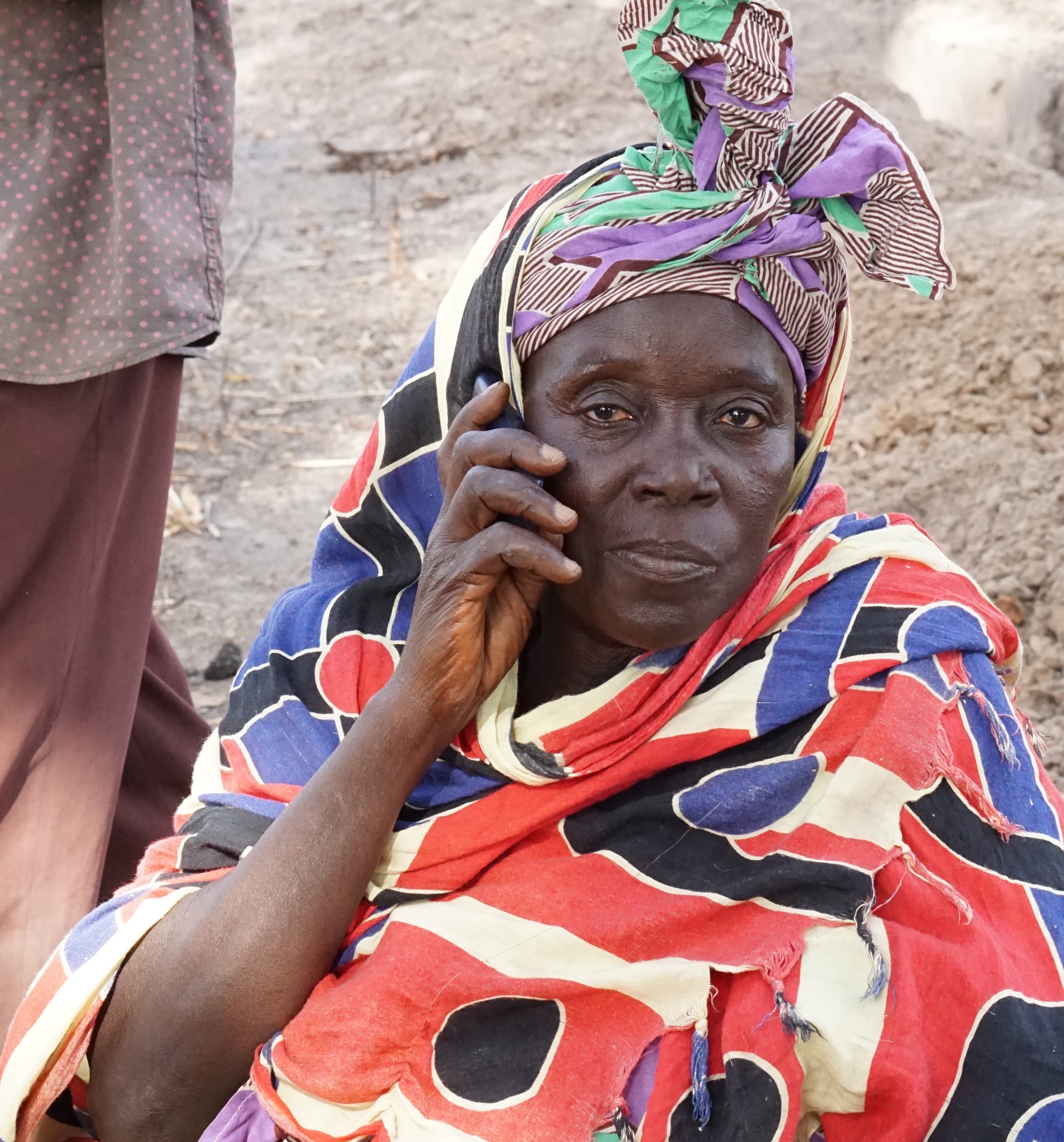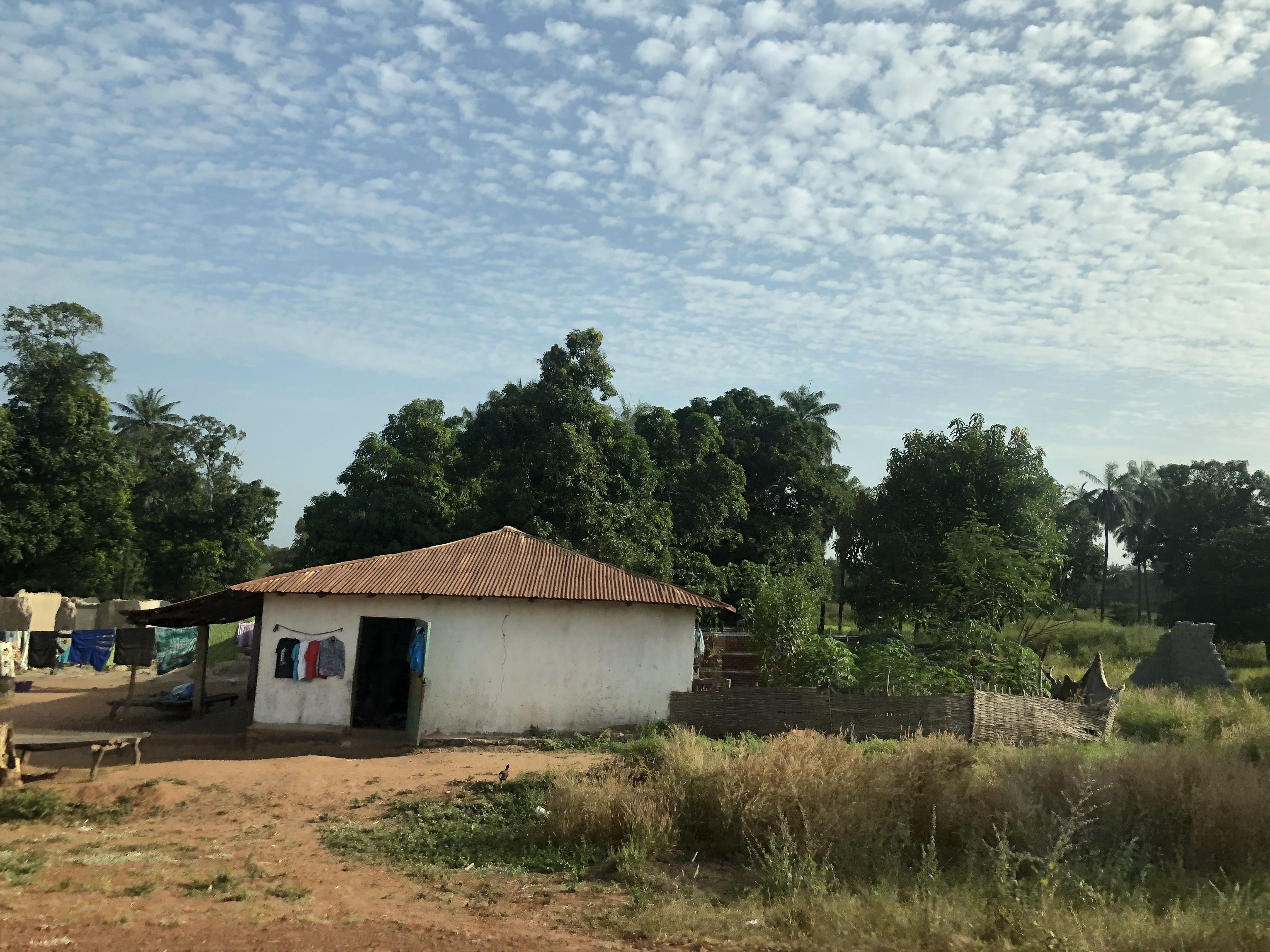


The United Nations Capital Development Fund (UNCDF) launched a cash-for-work program in The Gambia targeting thousands of microentrepreneurs—many of whom had never interacted with formal financial services. Most participants had limited literacy and numeracy, used basic feature phones, and frequently shared devices within their households.
UNCDF needed a way to:
Deliver digital payment notifications
Build users’ comfort using mobile money and bank accounts
Operate in a low-tech, low-literacy, multi-language environment
We developed a custom hybrid SMS and voice solution tailored to participants’ technological and cultural preferences through participatory design and hands-on fieldwork.
1. Listening First
We began by conducting in-depth interviews with participants to understand how they managed money, how they used their phones, and how they felt about mobile money. We learned that many:
Saved cash informally, sometimes with shopkeepers or relatives as a way to hide money from themselves so they don’t simply “eat it” -- i.e., fritter it away on non-essentials.
Feared making mistakes with digital payments and often went to a trusted family member or mobile money agent for help.
Believed banks were only for “large sums”
Shared phones with family members
2. Designing for Real-World Constraints
To meet users where they were, we built a hybrid SMS and voice solution that:
Worked on basic feature phones with patchy coverage
Preserved user privacy on shared devices
Delivered payment notifications and follow-up education via Interactive Voice Response (IVR) and SMS
Was fully localized in Wolof, Fula, Mandinka, English, and French
3. Building Trust Through Storytelling
We created a series of story-based financial education modules that accompanied payment notifications. Modules were designed to feel familiar, engaging, and practical. Each lesson—navigable through interactive voice calls—walked participants through everyday financial scenarios, like:
Saving for school fees
Managing daily expenses
Building trust in formal financial services
Using mobile money to send and receive money
Voice technology is a critical enabler for reaching low-literacy populations
SMS offers a useful reference, even when reading ability is limited
Simple, relatable, drama-infused scenarios outperform dry financial advice
Reliability and clarity are more important to users than speed or novelty
The system offers a practical model for delivering financial education and payment information to populations typically excluded from digital services.

After a successful pilot, the platform was ready for rollout. The tool had been designed specifically for integration with one of the country’s primary mobile money providers, a partner in UNCDF’s implementation strategy. However, full deployment never occurred due to a combination of factors:
Timing: The handoff to the telecom coincided with the onset of the COVID-19 pandemic, which disrupted operations and delayed new initiatives across sectors. The rollout, which was underway, was postponed and then delayed again, and we lost momentum.
Gaps in alignment: Although we worked closely with the telecom’s technical team throughout development, we did not engage deeply enough with their operations team—the group ultimately responsible for deploying and maintaining the service. Without stronger involvement or ownership from that side of the organization, the tool lacked the internal momentum needed to become part of operations when our initial momentum was lost. While there was a business case—the platform had clear potential to drive usage of the telecom’s mobile money product—the telecom’s partnership with UNCDF did not include direct funding or a formal commitment to adopt the tool. Without clear financial or operational incentives, the rollout was ultimately deprioritized. The failure to get to scale was a stinging, though important, lesson for our team about the importance of building organizational buy-in across both technical and operational teams. That insight has shaped how we approach implementation partnerships today.
While the platform was not deployed at scale, it remains a tested, practical model for reaching users in low-literacy, low-infrastructure environments. It also offered valuable lessons in navigating multi-stakeholder, multi-implementer partnerships—lessons we’ve continued to apply in subsequent work.
